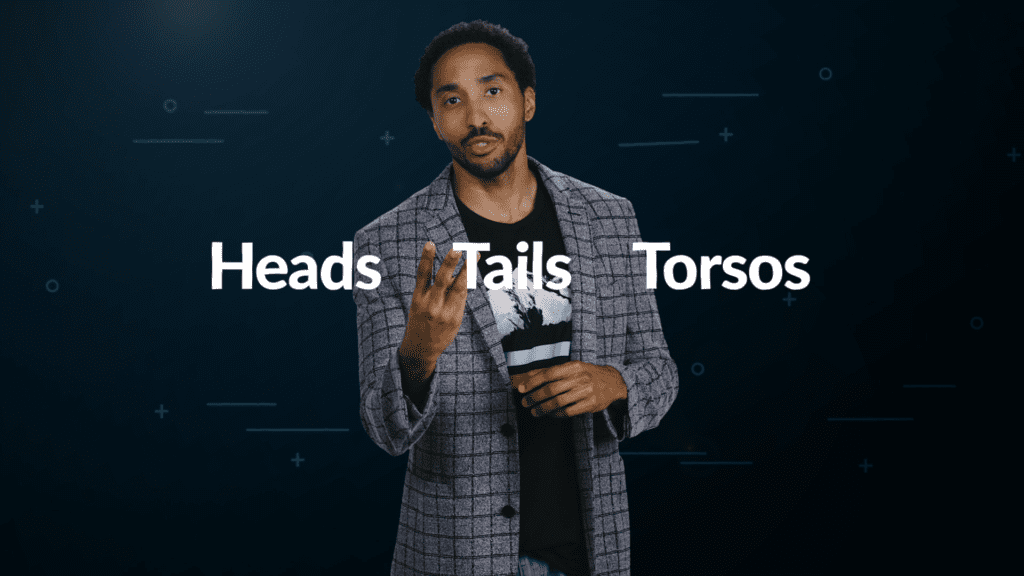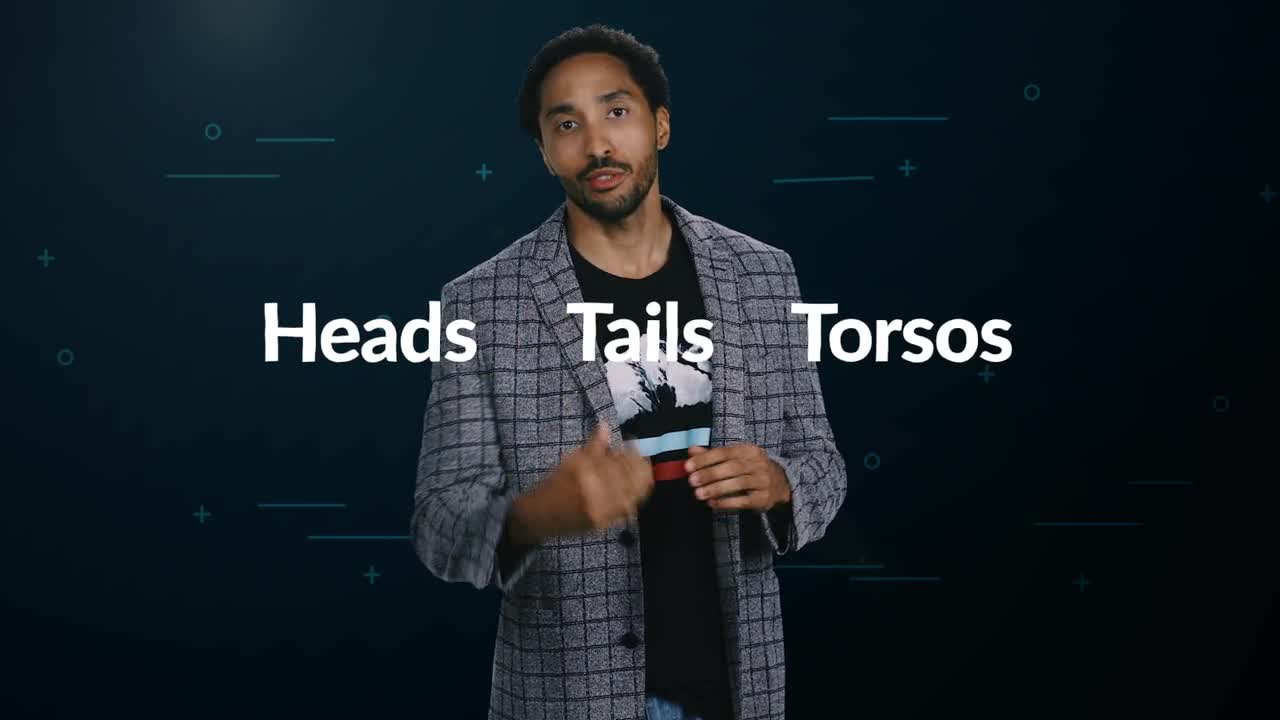Head and Tail Analysis in AI Explained in Plain Language
Head and Tail Analysis corrects search terms users submit that don’t return any results due to a misspelling, strange word orders, or other reasons. Lucid Thoughts explains Head and Tail analysis, Head Queries, Torso Queries, and Tail Queries and how AI can fix searches to find what you need.
You can binge-watch both season one and season two right now.
Subscribe to the Lucid Thoughts channel and be sure to leave your questions and comments on each video.
Transcript:
You ever try to search for something and get the results that aren’t even close to what you wanted or even meant? There’s a way AI can help with that. Fencing? You gotta be kidding me.

Sometimes our searches or queries have double meanings and they can lead to confusing and irrelevant results. In the world of tech, there are three types of searches. Heads, tails, and torsos. A head query is one that people search a lot, and those words occur a a lot in our set of data. At least to the majority of clicks and successful outcomes, like engagement, views or purchases. A torso query occurs less often and usually leads to fewer clicks. Some people get what they are looking for, others not. A tail query is one that’s just way off. It doesn’t happen often and the results aren’t very on point. It doesn’t get that many clicks either. A lot of times, it’s just word order or a spelling problem.
Let’s take it back to Ms. Harris, remember our Kindergarten teacher? It’s finger paint season in our class. And those colorful little hands are finding their way all over her new iPad. She searches and gets back no results because the word iPad is misspelled. That makes this a tail query.
Then, Ms. Harris types in… And Bam! She gets exactly what she’s looking for. It’s pretty specific, not something most people are searching. So this makes it a torso query. Ms. Harris knew to narrow down her search to get what she wanted. But not everyone would do that. That’s why tail searches are so important. They’re missed opportunities.

So how can we turn no clicks into successful ones?
By looking at signals. Remember those?
For head and tail analysis to work, you need tons of signals to work from. These signals let the computer spot patterns and figure out intent. Or what the user probably meant by that search.

AI can be used to turn tail queries into head queries. It can spot misspellings, word order, synonyms and all that to fix the queries. Now, fixing a tail query makes sense for most. It doesn’t always make sense for torso queries. Especially when someone clearly has an interest in a topic. Like with Ms. Harris. She’s looking for a red iPad case. So we don’t want to change that to iPad cases. She knows what she wants and doesn’t really have any interest in looking at all the other iPad cases out there. Simply by getting to know us and our patterns, machines will be able to cut back on all the eye rolling moments of, “Wow, that’s not what I meant.”
Because clearly, I didn’t mean I wanted to take up fencing even though it does look pretty awesome.
What’s that? Parry? Until next time, en garde!
